Birds
Discovery park is known for its abundance of species of birds. 270 species have been found in the park. One of the most fun parts of exploring the park is taking a pair of binoculars out on your hike and experiencing the birds for yourself. Below are a few of our experiences to get you excited. At the bottom is a link where you can find which birds are common in what season so you can look for some specific birds no matter the time you participate in our walking tour.
These are the species of birds that we have observed at our site over the quarter:
Song Sparrow
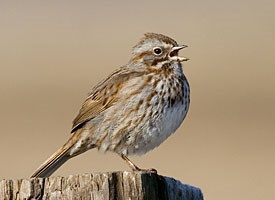
The Song Sparrow we
encountered was quite the boisterous one. He sat atop a tree and was not shy at
all about calling out his distinct bird call. When he was doing this it almost
looked like he was going to explode he was putting so much effort into every
call. He didn’t seem to mind us being there let alone us staring at him for a
good ten minutes. He was quite a sight to see.
Cedar Wax Wing
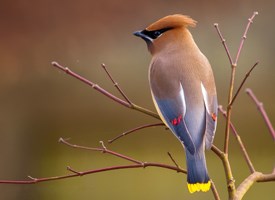
Our encounter with the
Cedar Waxwing was quite special. We were on top of the South Bluff and a pair
of rather large birds whizzed past us. I whipped my binoculars up trying to identify
what exactly it was, but I did not recognize it. We wrote down the distinct
characteristics about the bird that we could use later to look up. A tan “Mohawk”
(actually a tuft), black surrounding the eyes, and a body that faded from the
tan of the Mohawk to a greyish color. I did not see the most distinct
characteristic of the Waxwing which gives it its name: colorful and waxy
feathers on the wings.
Mallard
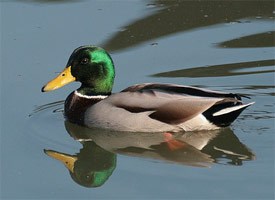
American Crow
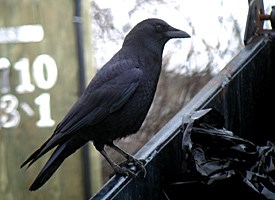
American Robin
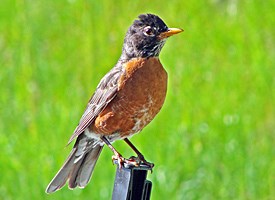
The American Robin is a
joyful sight to see with its cheerful call and its strange way of rushing
across the ground and abruptly stopping to pick a worm out of the ground.
Everywhere you go in Discovery Park you can probably find a Robin or hear its
call “cheer-up, cheerily” somewhere off in the distance.
Glaucous-winged Seagull
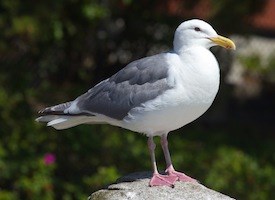
Savannah Sparrow
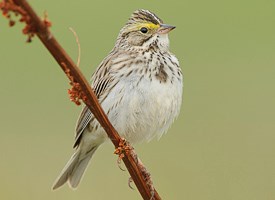
Anna's Hummingbird
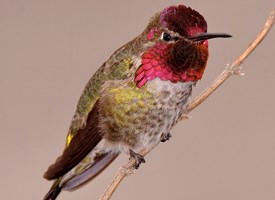
Seeing the Anna’s
Hummingbird was one of the most exciting parts of our time at Discovery Park.
When we saw him he was doing the Hummingbird mating dance. He flew up really
high and then dropped down towards the ground in what almost seemed like a
death defying stunt. When he finally pulled up as to not hit the ground you
could hear a loud chirp of his wings.
Black Capped Chickadee
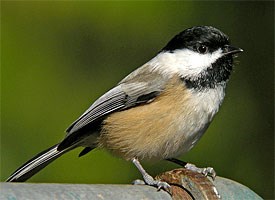
White Crowned Sparrow
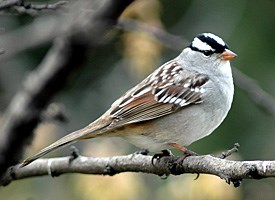
The White-Crowned
Sparrows sure let us know of their presence in Discovery Park. Every time we
saw a little white and black head on a little brown body we could hear the bird
announcing “I am a White-Crowned Sparrow” with its call.
American Goldfinch

Barn Swallow
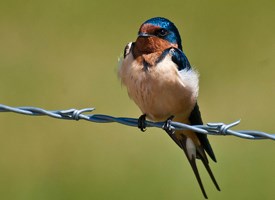
Violet-green Swallow
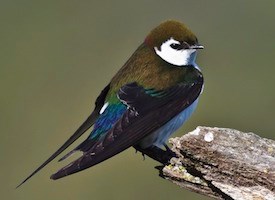
All pictures from allaboutbirds.org!
Below is a link that shows these bird species and many others that we haven't see and their level of abundance by season. This should help you to go on our walking tour any time of year.
Mountain Beavers


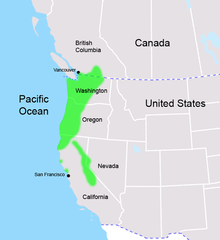 |
| Distribution of Mountain Beavers |
Mountain beavers are a member of the family Rodentia. They can be found on moist, forested slopes which makes Discovery Park the perfect place to find them. They are herbivores and build their nests underground under thick vegetation.We have yet to see a mountain beaver ourselves, but this is probably due to the fact that they live very secretive lives mostly underground in their dens. They are also mostly nocturnal, but are sometimes active during the day. We have however seen a hole that we believe to be a mountain beaver hole. These holes are not simply holes, they are extensive burrow systems with many compartments designated for certain activities. Burrow systems can have 10 or more exits and special compartments.
"Food items include all above and below-ground parts of ferns, salal, nettles, fireweed, bleeding heart, salmonberry, brambles, dogwoods, vine maples, willows, alders, and conifers. Mountain beavers also eat rhododendrons and other ornamental perennials, shrubs, and trees." (wdfw.wa.gov) Mountain Beavers must drink 1/3 of their body weight in water every day due to their primitive, inefficient kidneys.
It is very difficult to see a Mountain Beaver, but there are some ways in which you can identify their presence without actually seeing them.
-Look for active burrow systems: the holes will not have spider webs on them, there will be newly excavated soil, and the tunnel floor can look worn
- Look for feeding sites: haystacks of cut vegetation may be around the burrow entrance
-Look for tracks (pictured below)
 |
| Mountain Beaver Tracks |
 |
| Mountain Beaver Burrow System From the Washington Department of Fish and Wildlife |
For more information on Mountain Beavers see: Paws' section on Wildlife and the page on Mountain Beavers
and
Washington Department of Fish and Wildlife's Page on Mountain Beavers

No comments:
Post a Comment